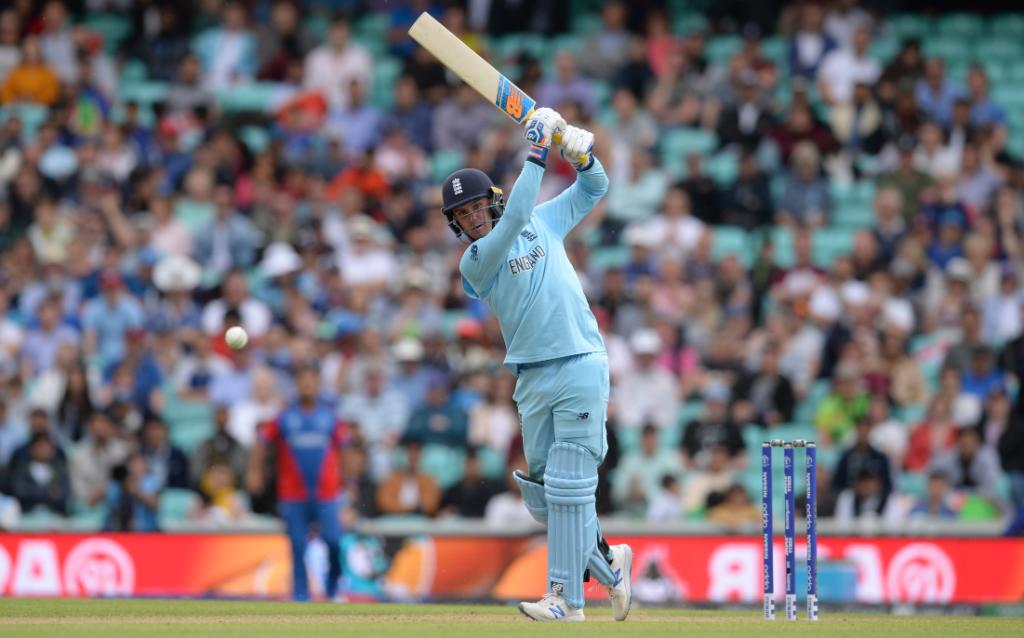England, white-ball specialists, and the David Warner myth
If T20 cricket is a 100m sprint and ODIs are a 200m sprint, then maybe you can call Test Cricket as a 10,000m marathon. But this also begs to ask the question - is it fair to consider all three events one and the same, mix the personnel, and expect them to deliver the same results?

Maybe it is, maybe it’s not. If you’re someone like a Virat Kohli or an AB de Villiers who has proved your prowess in all three formats, then it is, but if you’re someone like a Jason Roy or an Alex Hales, then it is not. Can a sprinter become a marathon runner? Absolutely. Can a sprinter become a marathon runner purely based on his sprinting exploits, trying to incorporate the same methods? Absolutely not.
Let us consider England’s experiments where they “hope” and “expect” batsmen with undeniable success in white-ball cricket to replicate the same in the game’s longest format. It started with the selection of Alex Hales in 2015, who, by then, had already established himself as a household name in the shorter formats. With “red-ball specialists” Michael Carberry, Nick Compton, and Adam Lyth failing to fill the Andrew Strauss-shaped void, England decided that it was time to try something out of the box, and blood the Nottinghamshire man into the team.
Mind you, Hales was coming on the back of an 892-run County season where he almost averaged 50 but there were 17 other batsmen who had scored more than him, including a then 40-year-old Marcus Trescothick. He averaged a tad less than 40 in first-class matches, but just a month prior to his Test debut, he’d scored a match-winning 109 against Pakistan - great timing, indeed, when his team was in dire need of an opener in Tests.
He did not fare too bad, he scored five fifties in total - two of them coming in run-fests, and a couple coming against a Sri Lankan side whose premiere strike bowlers averaged more than 37. Eventually, he was found out, and England decided that they had enough of the experiment. Hales averaged 27 in 11 Tests, but interestingly, at a SR of 43.84 - three less than that of Alastair Cook, not quite the “ODI replication” his country expected him to do.
As they say, once you start experimenting, it cannot be stopped, and so England continued. Jos Buttler, James Vince and Dawid Malan were picked on the basis of their ODI form, in the hope of “counter-attacking” and “taking the attack to the bowlers”. One by one, they were tried, tested and then eventually weeded out, quicker than the time Ravindra Jadeja takes in-between deliveries. The former, however, has been lucky enough to have gotten a recall, but again, finds himself in the same place, amidst chaos where tonnes of other batsmen are being “tested” alongside him.
Interestingly enough, none of the above-mentioned players - who were picked to decimate the bowlers - had an SR more than 60. Of course, it makes complete sense. After all, a sprinter thrown into a marathon would try to plan, adapt and pitch out a strategy to compete with the rest and complete the entirety of the race instead of sprinting his heart out in the first 5 minutes and then break down. He knows it, so he tries to do it, but do the people who threw him into the track realize it?
Often, when limited-over specialists are thrown into Test cricket, the example of David Warner is referred to - a myth which needs to be busted. It is true that he made his T20 debut before playing a first-class match, but prior to his Test debut, he had scored 960 first-class runs at an average of 60.00, including three centuries, one of which was a double. Yes, he carried his ODI & T20 accolades along with him, but make no mistake, he made his way into the Test team by breaking down doors with runs and performances, and not just reputation.
Many an English player in the past has fell victim to the trap called the “Warner myth”, and Jason Roy is the latest one being lured into it. It is of course not wrong to assume that success in shorter formats might rub off on the longer ones, but it is ignorant and negligent to expect players to replicate their exploits by throwing them into a tizzy without validating their mettle to do so, aforetime.
A sprinter might be quick, strong, agile, athletic and powerful, but while competing in a 10KM marathon against a runner who has endurance, base mileage, sustainability, grit, determination, knows his limits and the path to the finish line, he is always bound to come second best.

Comments
Sign up or log in to your account to leave comments and reactions
0 Comments